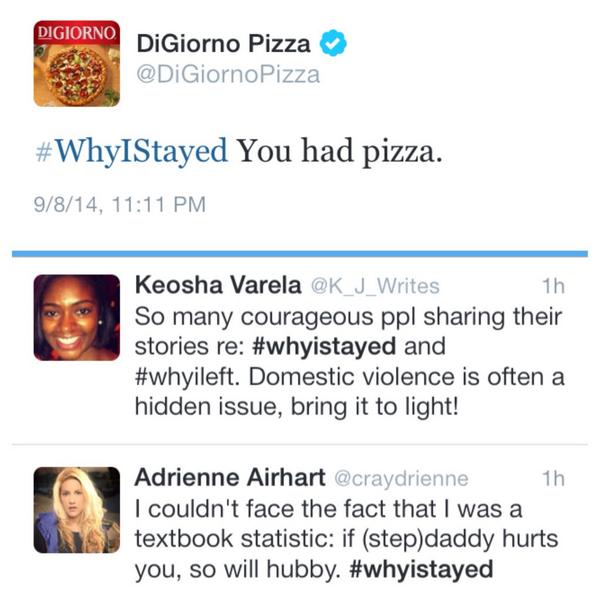
When done well, content marketing can be a powerful way to improve brand awareness, develop authority and gain new customers. But while most campaigns work out, some can end up being downright damaging. These are just some of the content-marketing blunders we’ve seen and a little insight into what went wrong.
- Malaysia Airlines
In September of 2014, Malaysia Airlines was still reeling from two catastrophes that occurred earlier in the year, with everyone on board both MH17 and MH370 losing their lives. In an attempt to restore its public image, Malaysia Airlines rolled out a contest across Australia and New Zealand, giving away economy-class tickets and iPads. However, the blunder here was the name of the contest:
“My Ultimate Bucket List.”
The public quickly noticed the poor taste of the contest and Malaysia Airlines responded by rebranding the contest and instead asking entrants to “share their ultimate to-do lists,” but by then, the story had already spread across the internet. Stepping back and looking at how your campaigns fit in with the public’s perception of your brand will ensure you avoid awkward situations like this one.
- DiGiorno Pizza
The frozen pizza company made a major social media blunder in 2014 when they decided to latch onto a trending Twitter hashtag. Noticing that #WhyIStayed was popular, they jumped in with the following tweet:

There was only one little problem: the hashtag #WhyIStayed was being used by people sharing their horrific experiences in abusive relationships. DiGiorno did seem to genuinely regret publishing the tweet, apologizing individually to those offended by the post. Needless to say, do your homework before you jump on a social media trend.
- Cosmopolitan Magazine
In early 2017, the women’s magazine came under fire for a clickbait headline that crossed the line. Cosmo promoted one of their stories by tweeting the following headline:
“How This Women Lost 44 Pounds Without ANY Exercise”
Unfortunately, the aforementioned woman’s weight-loss secret was… cancer. Cosmo deleted the controversial tweet and changed the headline of the article. But it was too late – the Internet was outraged.
This demonstrates the risk of clickbait headlines. While it’s important to craft compelling headlines that grab readers’ attention, venturing into clickbait territory can backfire, leaving readers feeling duped or worse.
- Nike
Not all content marketing failures can be avoided. Some are a result of unforeseen circumstances like Nike experienced with its campaign featuring Olympic athlete and double amputee Oscar Pistorius. In a 2013 ad, a voiceover stated that an athlete’s body was like a weapon and an image of Pistorius was captioned with the words, “I am the bullet in the chamber.”
Not long afterward, Pistorius was charged with murder involving a gun. Nike could do little more than damage control – they withdrew their sponsorship of Pistorius and issued some apologetic press releases.
The instance is a reminder that there’s always a degree of risk involved when you appoint brand ambassadors or use celebrities as the face of your company’s brand. Damaging mistakes made by these public figures can end up harming your business as well, even if it’s not as high profile as this.
This Doesn’t Mean You Should Be Afraid to Make Mistakes
Blunders can happen to the best of us. But that doesn’t mean you shouldn’t take risks and try to innovate with new ideas. The key is to deal with them head on when they do happen and learn from them.
